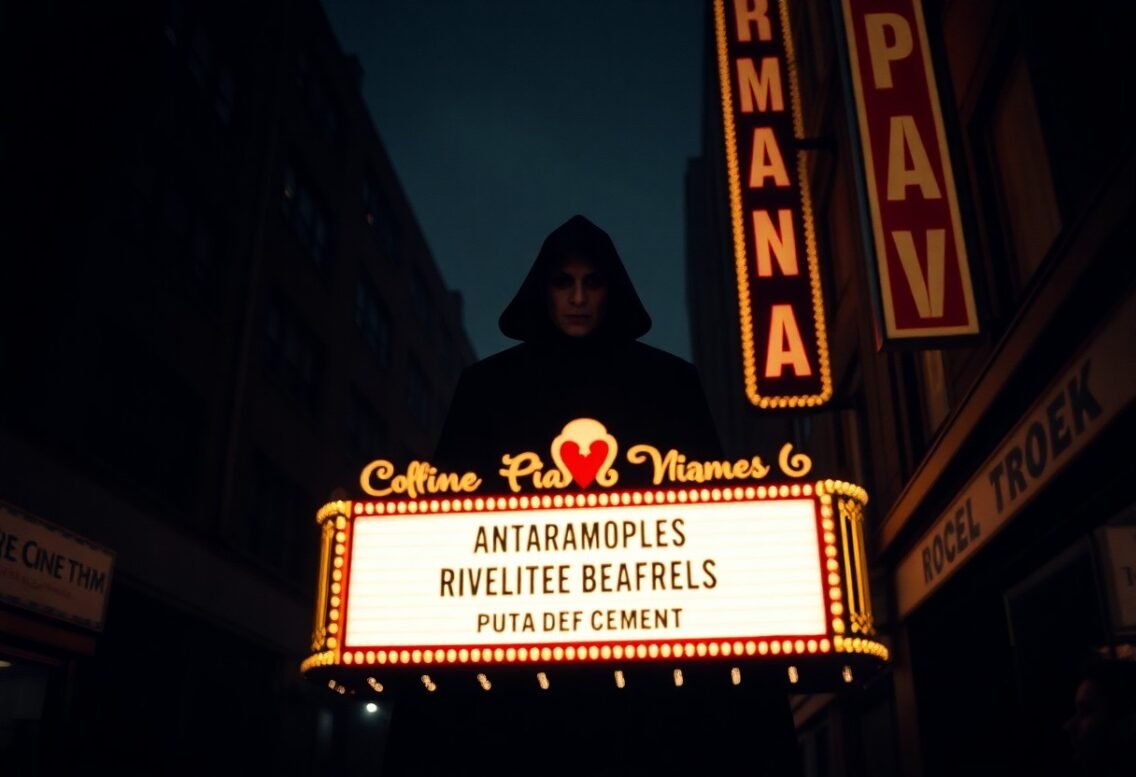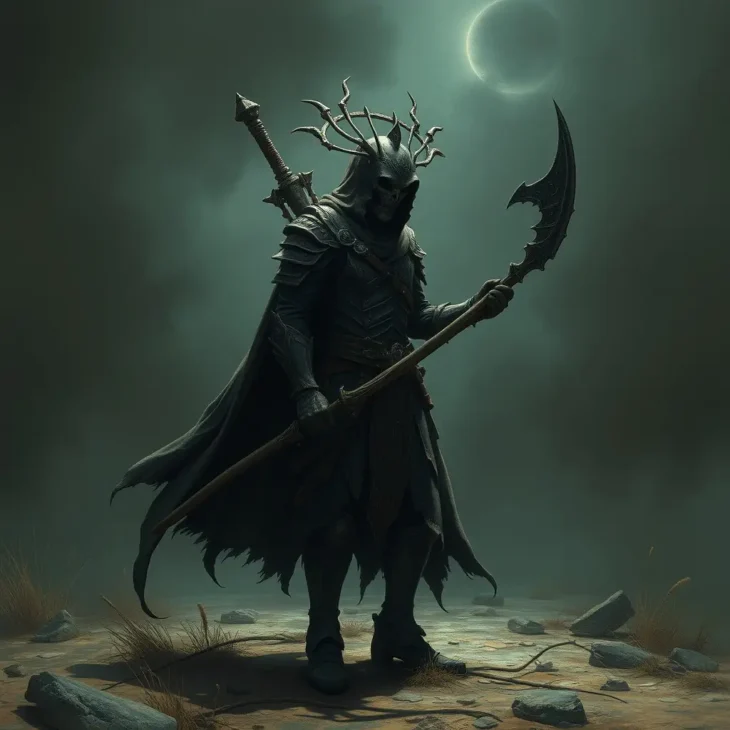Nosferatu Movie Review (USA)

With Nosferatu, you begin on a haunting cinematic experience that transcends time, capturing the essence of silent horror in a way that is both visually striking and thematically profound. This iconic film, released in 1922 and directed by F.W. Murnau, is often regarded as one of the earliest and most influential works in the horror genre. As you probe into this tale of dread, you will quickly realize that it is not just a film; it is an enduring work of art that has shaped the horror landscape for generations.
The plot centers around Count Orlok, a mysterious and sinister vampire, and his interactions with a young real estate agent named Hutter. When Hutter begins on a journey to Transylvania to assist Orlok in purchasing a property in Wisborg, you witness a descent into terror that is both chilling and captivating. The film masterfully plays on the themes of fear, isolation, and the unknown, drawing you into a world where shadows and light clash in haunting ways.
One of the standout elements of Nosferatu is its stunning cinematography. You will find yourself captivated by the use of light and shadow, which enhances the eerie ambiance throughout the film. The iconic scenes, such as Count Orlok’s eerie arrival on the ship and his terrifying ascent of the staircase, are visually arresting. The stark, expressionistic style of set design adds an additional layer of unease to the narrative, allowing you to experience fear as if you were a character in the film yourself.
The performance of Max Schreck as Count Orlok is nothing short of legendary. His portrayal of the vampiric character is both unsettling and mesmerizing. As you watch, you may find yourself captivated by his unsettling presence, which exudes a sense of menace and mystery. Schreck’s physicality and expressionistic movements bring the character to life in a way that feels both supernatural and hauntingly real. You may find his performance etched in your memory long after the credits roll.
The film’s score, which is often adapted in various restorations, plays a significant role in intensifying the atmosphere. As you experience Nosferatu, the music serves as an emotional guide, enhancing the feelings of dread and suspense that the visuals evoke. Whether it is the eerie string instruments or the somber piano contrasts, each note draws you deeper into the world of Count Orlok.
Your viewing of Nosferatu is not merely about fear; it’s a reflection on the nature of evil and the human psyche. The film invites you to explore your own fears and vulnerabilities, and it paves the way for a deeper understanding of the horror genre as a whole. In a modern context, Nosferatu remains relevant, influencing countless films and ensuring its place in the annals of cinematic history.
Hence, you should experience Nosferatu not just as a film but as a cultural artifact that continues to inspire and terrify. Its masterful blend of visual storytelling, haunting performances, and thematic depth ensures that you won’t soon forget this masterpiece of horror.





